Select any one of options given above.
Select any one of options given above.
Read lessSign up to our innovative Q&A platform to pose your queries, share your wisdom, and engage with a community of inquisitive minds.
Log in to our dynamic platform to ask insightful questions, provide valuable answers, and connect with a vibrant community of curious minds.
Forgot your password? No worries, we're here to help! Simply enter your email address, and we'll send you a link. Click the link, and you'll receive another email with a temporary password. Use that password to log in and set up your new one!
Please briefly explain why you feel this question should be reported.
Please briefly explain why you feel this answer should be reported.
Please briefly explain why you feel this user should be reported.
Market exchange refers to the process by which goods, services, or resources are traded or exchanged in a market. The different types of market exchange can be broadly categorized as follows: 1. Barter Exchange Involves the direct exchange of goods and services without the use of money. Example: A fRead more
Market exchange refers to the process by which goods, services, or resources are traded or exchanged in a market. The different types of market exchange can be broadly categorized as follows:
1. Barter Exchange
Involves the direct exchange of goods and services without the use of money.
Example: A farmer trades vegetables with a weaver for cloth.
Often used in traditional or informal economies.
2. Monetary Exchange
Goods and services are exchanged using money as a medium of exchange.
Money simplifies trade by serving as a standard measure of value.
Example: Buying groceries with cash or credit.
3. Gift Exchange
Exchange occurs without any immediate or explicit expectation of a return.
Often seen in social or cultural contexts where relationships are emphasized.
Example: Traditional gifting practices in tribal or community settings.
4. Reciprocal Exchange
Involves the mutual exchange of goods or services with an expectation of a return over time.
Prominent in informal economies or rural settings.
Example: Neighbors sharing tools or services.
5. Market Exchange
Takes place in a formal market with established rules and institutions.
Based on supply, demand, and price mechanisms.
Example: Buying stocks in a stock market or commodities in a wholesale market.
6. Online Exchange
Involves digital platforms where goods or services are exchanged virtually.
E-commerce and cryptocurrency exchanges are examples.
Example: Amazon, eBay, or Bitcoin trading.
7. Auction Exchange
Goods or services are sold to the highest bidder.
Can occur in-person or online.
Example: Art auctions or eBay auctions.
8. Bilateral Exchange
Trade occurs between two parties, such as countries or businesses, often based on agreements.
Example: International trade agreements between two nations.
9. Multilateral Exchange
Involves trade among multiple parties or countries simultaneously.
Example: Trade in a global market involving several nations.
10. Countertrade
Goods or services are exchanged between countries without involving money, often due to foreign exchange constraints.
Example: Bartering oil for machinery between nations.
Each type of exchange plays a unique role in facilitating trade, depending on the social, economic, and cultural context.
See lessBonding with a newborn baby is a crucial aspect of early development and can be fostered through various nurturing activities. Here are some effective ways to strengthen that bond: Physical Contact Skin-to-Skin Contact: Holding your baby against your skin promotes warmth and security. This can be doRead more
Bonding with a newborn baby is a crucial aspect of early development and can be fostered through various nurturing activities. Here are some effective ways to strengthen that bond:
By incorporating these practices into daily life, parents can foster a strong emotional connection with their newborns, laying the foundation for healthy development and attachment.
See lessWhat are the best travel tips for solo travelers?
What are the best travel tips for solo travelers?
Read lessHere are some effective travel tips for solo travelers to enhance their experience and ensure safety: Safety Tips Stay Aware of Your Surroundings: Always be mindful of your environment. Avoid distractions like excessive phone use in unfamiliar areas. Keep Valuables Secure: Limit the amount of cash aRead more
Here are some effective travel tips for solo travelers to enhance their experience and ensure safety:
By following these tips, solo travelers can enhance their journey, ensuring it is both enjoyable and safe.
See lessWhat are effective ways to handle stress in a relationship?
What are effective ways to handle stress in a relationship?
Read lessHere are some ways to handle stress in a relationship: Communicate openly: Share your feelings and be ready for disagreements. Plan for stress: Discuss what situations trigger stress for each of you and come up with a plan. Practice self-care: Get enough sleep, exercise, and find calming activities.Read more
Here are some ways to handle stress in a relationship:
Communicate openly: Share your feelings and be ready for disagreements.
Plan for stress: Discuss what situations trigger stress for each of you and come up with a plan.
Practice self-care: Get enough sleep, exercise, and find calming activities.
Set boundaries: Set boundaries in your relationships to help manage stress.
Ask for help: Reach out to friends, family, or programs that provide relationship education.
Reframe stress: Try to reframe stress as a challenge to overcome instead of an overwhelming event.
Practice gratitude: Try to practice gratitude.
Give each other space: Give each other some space.
Try new things together: Try new things together as a couple.
Who made the first map of india?
Who made the first map of india?
Read lessThe first known map of India was created by the Greek cartographer Ptolemy in the 2nd century CE. Ptolemy’s map, as part of his work Geographia, depicted a fairly accurate representation of the Indian subcontinent based on the accounts of earlier Greek explorers, traders, and travelers. However, it’Read more
The first known map of India was created by the Greek cartographer Ptolemy in the 2nd century CE. Ptolemy’s map, as part of his work Geographia, depicted a fairly accurate representation of the Indian subcontinent based on the accounts of earlier Greek explorers, traders, and travelers.
However, it’s important to note that maps of India existed even before Ptolemy, though they were less detailed and were often based on ancient Indian traditions of geography and astronomy. Aryabhata, the ancient Indian astronomer and mathematician, is known to have contributed to early mapping and astronomical models in the 5th century CE.
In the context of more detailed, modern maps, European explorers in the 15th and 16th centuries (such as the Portuguese) also created more accurate maps of India as part of their exploration efforts.
See lessWhat are the key factors influencing global trade agreements?
What are the key factors influencing global trade agreements?
Read lessGlobal trade agreements are influenced by a variety of key factors that shape their formation and implementation. Here are the primary elements: Economic Factors Factor Endowments: The availability of resources such as labor, land, and capital significantly influences trade patterns. Countries typicRead more
Global trade agreements are influenced by a variety of key factors that shape their formation and implementation. Here are the primary elements:
Understanding these factors provides insight into the dynamics of global trade agreements and their implications for international commerce.
See lessWhat was the ninety-five thesis??
What was the ninety-five thesis??
Read lessThe Ninety-five Theses is a list of propositions for an academic disputation written in 1517 by Martin Luther. The Theses is retrospectively considered to have launched the Protestant Reformation and the birth of Protestantism, despite various proto-Protestant groups having existed previously. It deRead more
The Ninety-five Theses is a list of propositions for an academic disputation written in 1517 by Martin Luther. The Theses is retrospectively considered to have launched the Protestant Reformation and the birth of Protestantism, despite various proto-Protestant groups having existed previously. It detailed Luther’s opposition to what he saw as the Roman Catholic Church’s abuse and corruption by Catholic clergy, who were selling plenary indulgences, which were certificates supposed to reduce the temporal punishment in purgatory for sins committed by the purchasers or their loved ones.
See lessHow are zodiac signs determined?
How are zodiac signs determined?
Read lessZodiac signs are based on the Earth's orbit around the Sun and are rooted in astrology, an ancient system that divides the sky into 12 sections, each linked to a constellation. Here's a detailed explanation: How Zodiac Signs Are Determined 1. The Ecliptic Path: The Earth revolves around the SuRead more
Zodiac signs are based on the Earth’s orbit around the Sun and are rooted in astrology, an ancient system that divides the sky into 12 sections, each linked to a constellation. Here’s a detailed explanation:
How Zodiac Signs Are Determined
1. The Ecliptic Path: The Earth revolves around the Sun, and from Earth’s perspective, the Sun appears to move across the sky through a path called the ecliptic. Along this path, the sky is divided into 12 equal sections, each associated with a specific zodiac constellation.
2. The 12 Zodiac Signs: Each sign covers 30 degrees of the 360-degree ecliptic. The signs are associated with different dates based on the Sun’s position during the year:
3. Elements and Modalities: Elements: Fire, Earth, Air, and Water describe the core nature of the signs. Modalities: Cardinal (initiators), Fixed (stable), Mutable (adaptable) explain how signs react to life events.
4. Astrological Chart: In a full astrological chart, other planetary bodies like the Moon, Mars, and Venus also play a role, reflecting deeper aspects of personality and life events.
5. The Precession of the Equinoxes: Due to Earth’s axial tilt shifting over thousands of years, the constellations’ positions have moved. This phenomenon means the zodiac constellations in astronomy don’t align exactly with the zodiac signs in astrology.
See lessWhat are the rare and unique bird species in the world?
What are the rare and unique bird species in the world?
Read less1. Kakapo (Strigops habroptilus) - A flightless, nocturnal parrot from New Zealand, critically endangered due to habitat loss. [caption id="" align="aligncenter" width="580"] Source: www.sci.news[/caption] 2. Spoon-billed Sandpiper (Calidris pygmaea) - Known for its unique spoon-shaped bill,Read more
1. Kakapo (Strigops habroptilus) – A flightless, nocturnal parrot from New Zealand, critically endangered due to habitat loss.
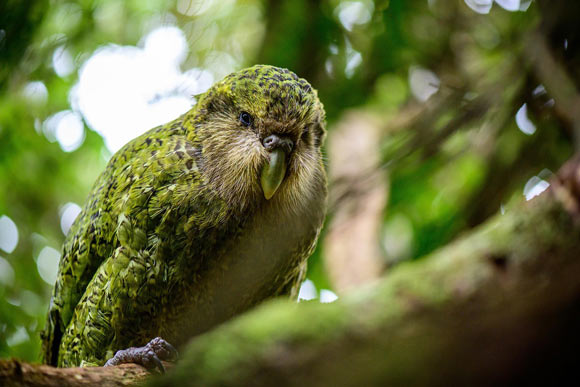
Source: http://www.sci.news
2. Spoon-billed Sandpiper (Calidris pygmaea) – Known for its unique spoon-shaped bill, this tiny migratory bird is critically endangered.

Source: ebird.org
3. Shoebill (Balaeniceps rex) – Found in East Africa’s swamps, it has a prehistoric appearance with a massive shoe-like bill.
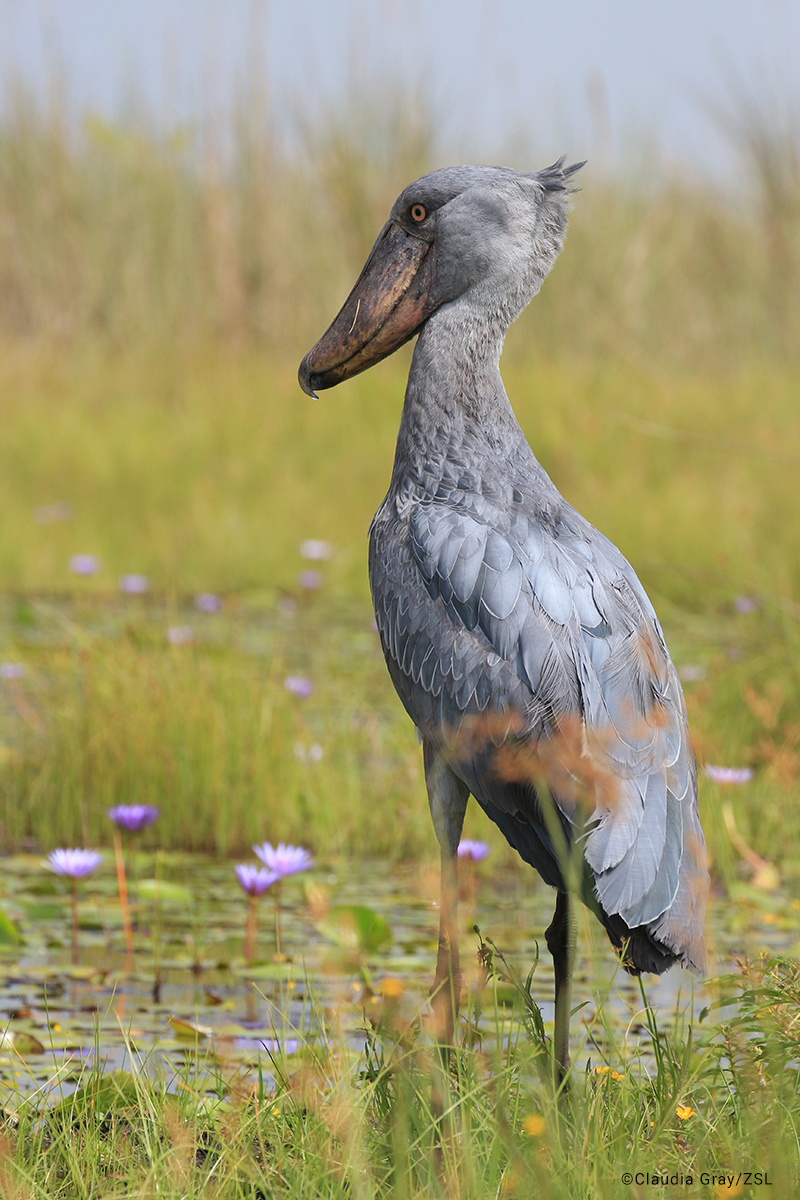
Source: http://www.edgeofexistence.org
4. Victoria Crowned Pigeon (Goura victoria) – The world’s largest pigeon, native to New Guinea, recognized for its elegant crest and striking blue feathers.

Source: ebird.org
5. Rufous-headed Hornbill (Rhabdotorrhinus waldeni) – A critically endangered species from the Philippines, known for its colorful casque and head.
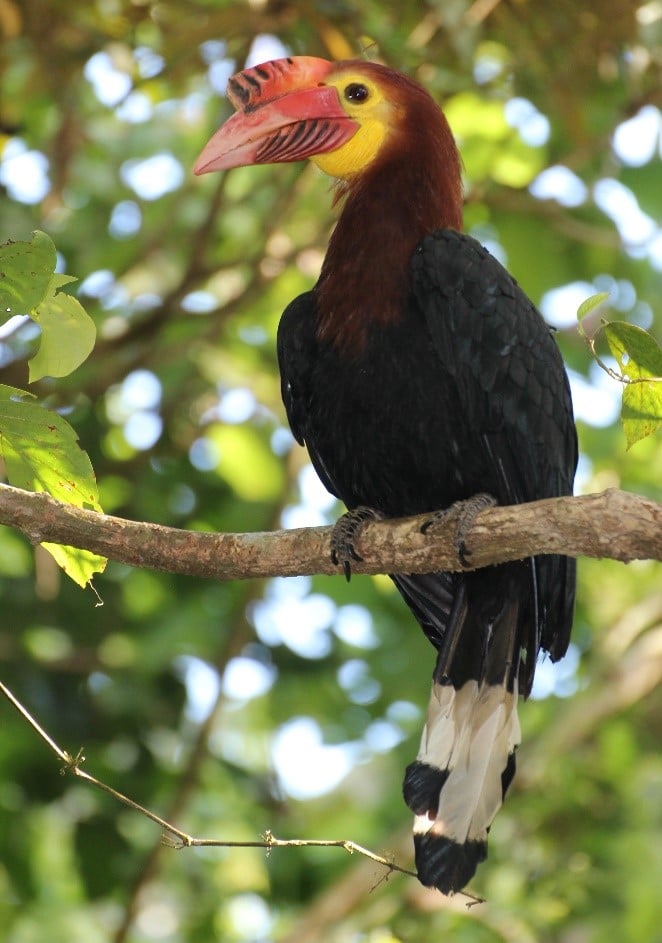
Source: philincon.org
6. Superb Bird-of-Paradise (Lophorina superba) – Famous for its elaborate courtship displays and iridescent plumage, found in Papua New Guinea.

Source: wikipedia
7. Indian Great Hornbill (Buceros bicornis) – Known for its massive bill and vibrant casque, symbolizing longevity in Indian culture.

Source: peapix.com
8. Harpy Eagle (Harpia harpyja) – One of the most powerful raptors, found in the rainforests of Central and South America, with striking crest feathers.
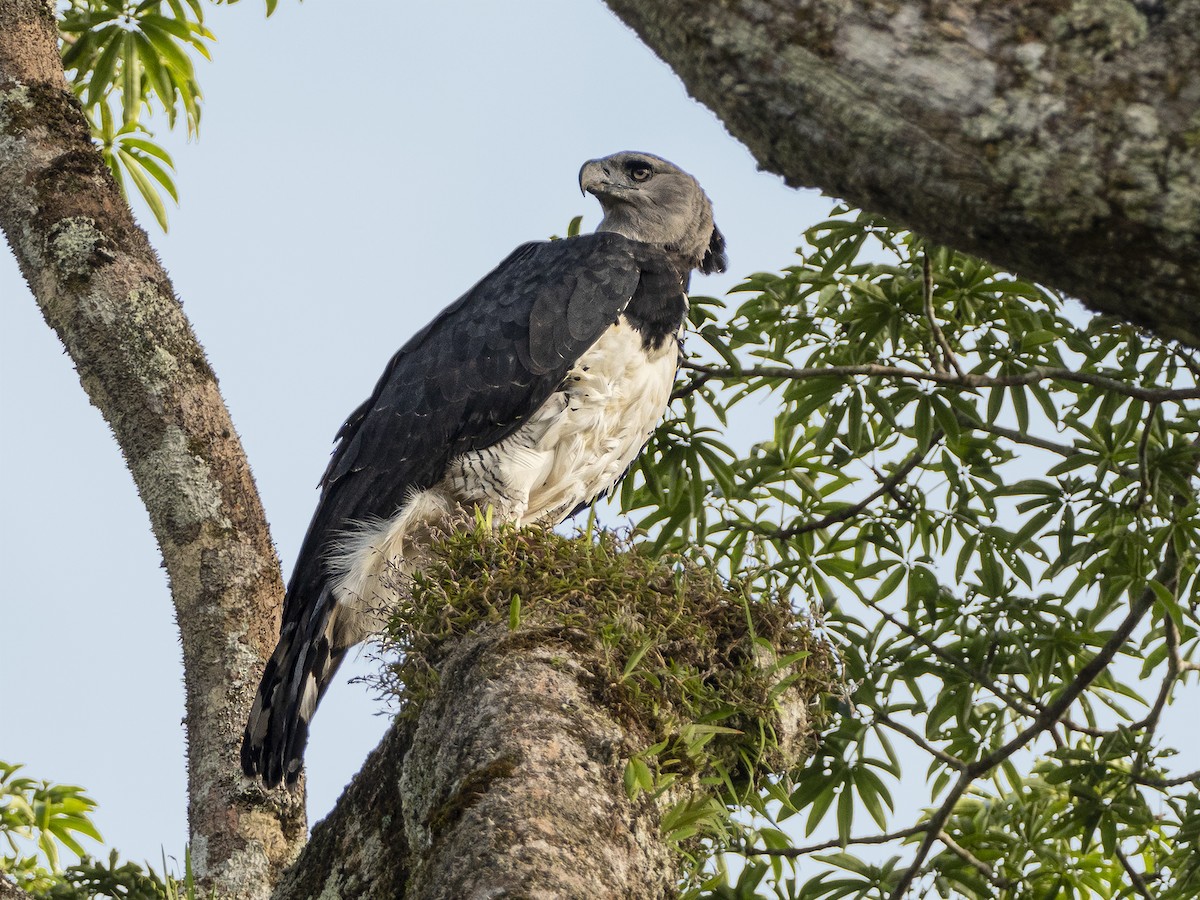
Source: birdsoftheworld.org
9. Wallace’s Standardwing (Semioptera wallacii) – A bird-of-paradise with unique wing plumes, endemic to the Maluku Islands of Indonesia.
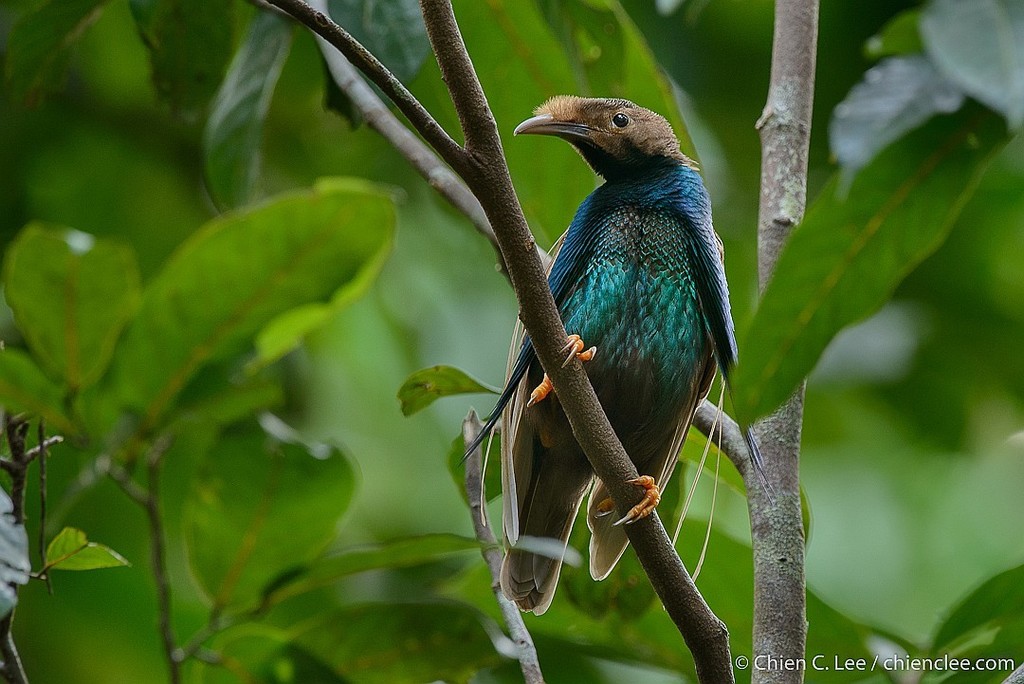
Source: http://www.inaturalist.org
10. Blue-eyed Ground-Dove (Columbina cyanopis) – An extremely rare dove rediscovered in Brazil after being thought extinct.
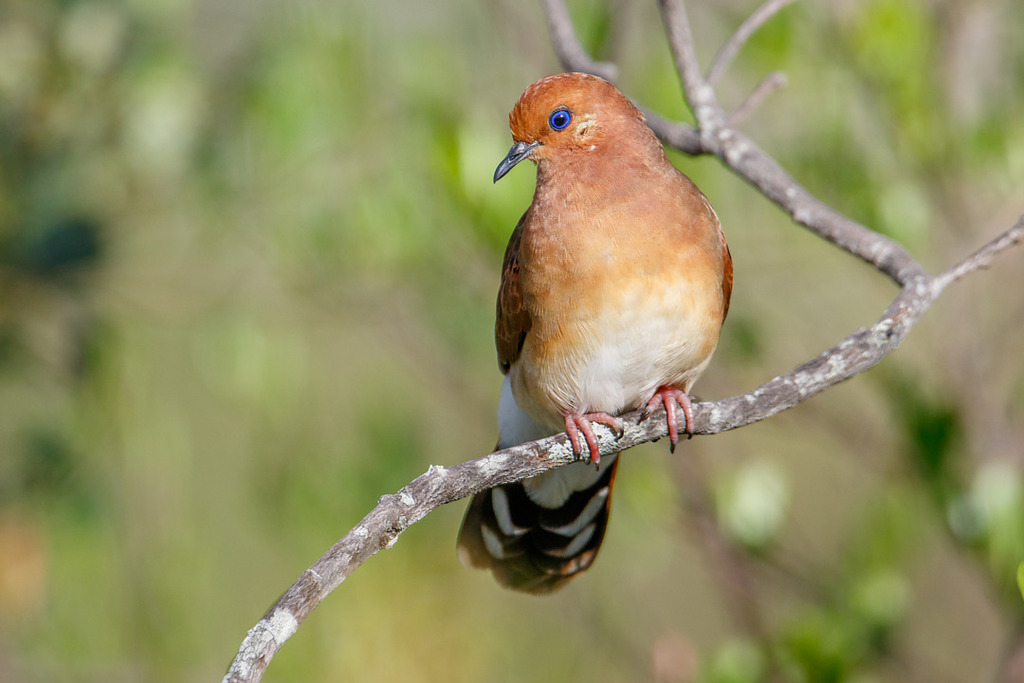
Source: http://www.inaturalist.org
The Indian city known as the “Scotland of the East” is Shillong, the capital of Meghalaya. Why is Shillong called the Scotland of the East? 1. Natural Beauty: The lush green hills, rolling meadows, and mist-covered landscapes resemble the Scottish Highlands. 2. Climate: Shillong has a cool, pleasantRead more
The Indian city known as the “Scotland of the East” is Shillong, the capital of Meghalaya.
Why is Shillong called the Scotland of the East?
1. Natural Beauty: The lush green hills, rolling meadows, and mist-covered landscapes resemble the Scottish Highlands.
2. Climate: Shillong has a cool, pleasant climate throughout the year, similar to Scotland.
3. Colonial Influence: During British rule, the picturesque beauty and weather of Shillong reminded the British settlers of Scotland, leading to the nickname.
4. Hills and Valleys: The Khasi and Jaintia hills surrounding Shillong add to its charm and scenic appeal.
Shillong remains a popular tourist destination for nature lovers and those seeking a peaceful retreat in Northeast India.
See less